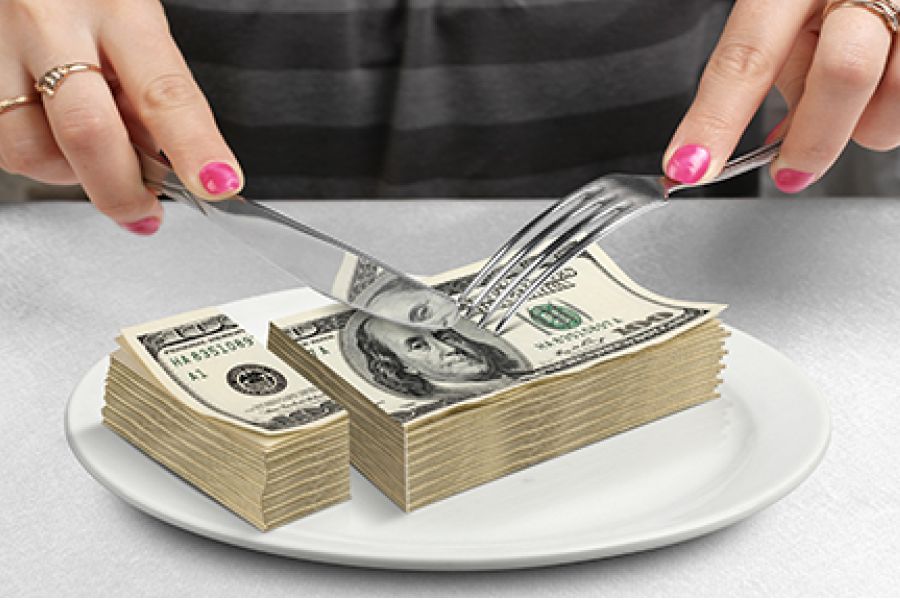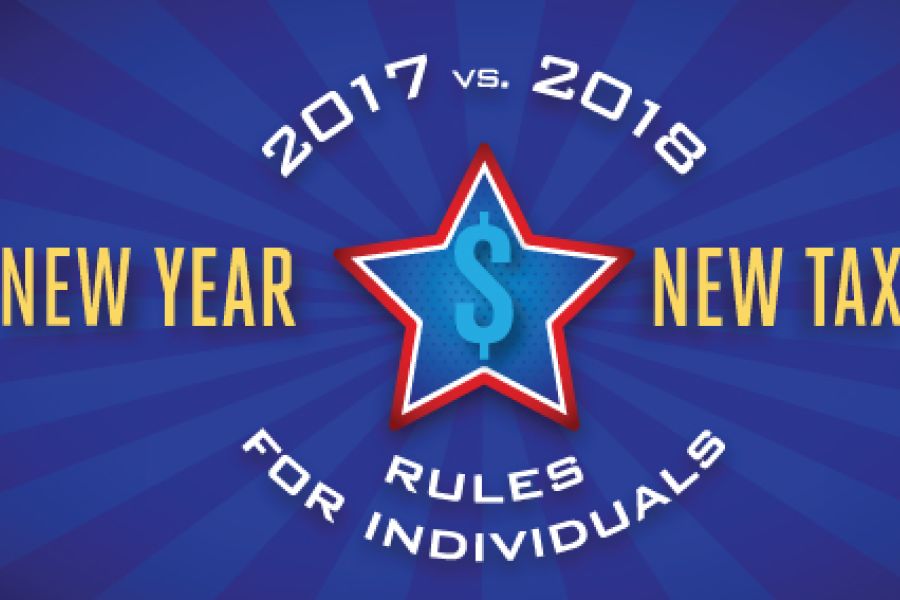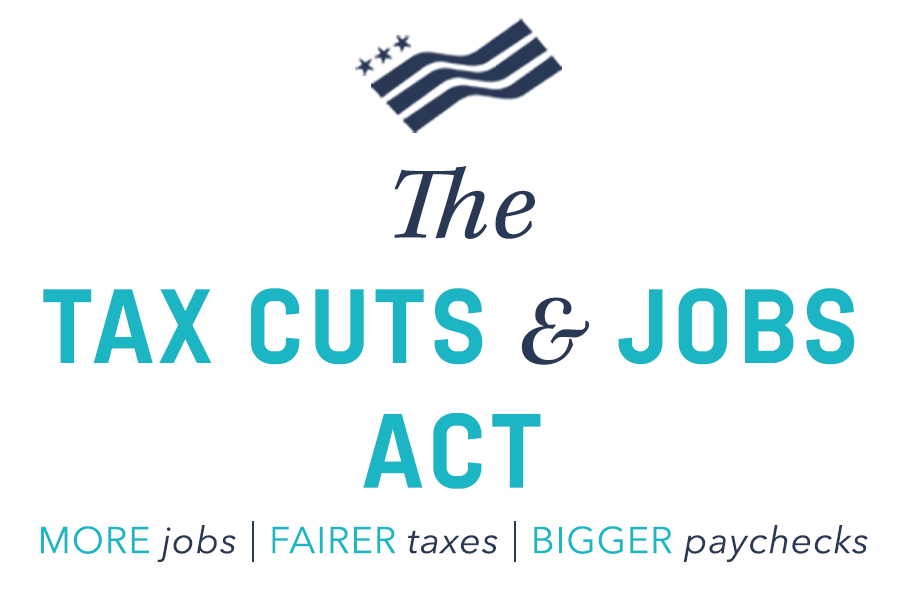As posted by Thomson Reuters on 1/23/18 Enacted on 12/22/17, the Tax Cuts and Jobs Act (TCJA) added §199A, which applies to tax years 2018-2025. Under this new provision, individuals, estates, and trusts may deduct up to 20% of their Qualified Business Income (QBI) from sole proprietorships (including farms) and pass-through entities. This means that the QBI of taxpayers in the new 37% tax bracket may be taxed at an effective top marginal rate of 29.6%. Although §199A can greatly benefit many noncorporate taxpayers, it's one of the more convoluted provisions of the TCJA. It contains various rules and limits that can substantially reduce or eliminate the deduction. Given this, a step-by-step guide to claiming the deduction would be helpful. This Tax Planning Letter examines in detail...

Tax credits reduce tax liability dollar-for-dollar, potentially making them more valuable than deductions, which reduce only the amount of income subject to tax. Maximizing available credits is especially important now that the Tax Cuts and Jobs Act has reduced or eliminated some tax breaks for businesses. Two still-available tax credits are especially for small businesses that provide certain employee benefits. 1. Credit for paying health care coverage premiums The Affordable Care Act (ACA) offers a credit to certain small employers that provide employees with health coverage. Despite various congressional attempts to repeal the ACA in 2017, nearly all of its provisions remain intact, including this potentially valuable tax credit. The maximum credit is 50% of group health coverage premiums paid by the employer, if it contributes at least...
Along with tax rate reductions and a new deduction for pass-through qualified business income, the new tax law brings the reduction or elimination of tax deductions for certain business expenses. Two expense areas where the Tax Cuts and Jobs Act (TCJA) changes the rules — and not to businesses’ benefit — are meals/entertainment and transportation. In effect, the reduced tax benefits will mean these expenses are more costly to a business’s bottom line. Meals and entertainment Prior to the TCJA, taxpayers generally could deduct 50% of expenses for business-related meals and entertainment. Meals provided to an employee for the convenience of the employer on the employer’s business premises were 100% deductible by the employer and tax-free to the recipient employee. Under the new law, for amounts paid or...
The Tax Cuts and Jobs Act (TCJA) generally reduces individual tax rates for 2018 through 2025. It maintains seven individual income tax brackets but reduces the rates for all brackets except 10% and 35%, which remain the same. It also makes some adjustments to the income ranges each bracket covers. For example, the 2017 top rate of 39.6% kicks in at $418,401 of taxable income for single filers and $470,701 for joint filers, but the reduced 2018 top rate of 37% takes effect at $500,001 and $600,001, respectively. Below is a look at the 2018 brackets under the TCJA. Keep in mind that the elimination of the personal exemption, changes to the standard and many itemized deductions, and other changes under the new law could affect the...
Although the drop of the corporate tax rate from a top rate of 35% to a flat rate of 21% may be one of the most talked about provisions of the Tax Cuts and Jobs Act (TCJA), C corporations aren’t the only type of entity significantly benefiting from the new law. Owners of non-corporate “pass-through” entities may see some major — albeit temporary — relief in the form of a new deduction for a portion of qualified business income (QBI). A 20% deduction For tax years beginning after 12/31/17, and before 1/1/26, the new deduction is available to individuals, estates and trusts that own interests in pass-through business entities. Such entities include sole proprietorships, partnerships, S corporations and, typically, limited liability companies (LLCs). The deduction generally equals...
Claim for the Last Time on Your 2017 or 2018 Tax Return Based on Entity Type While many provisions of the Tax Cuts and Jobs Act of 2017 (TCJA) will save businesses tax, the new law also reduces or eliminates some tax breaks for businesses. One break it eliminates is the §199 deduction, commonly referred to as the “manufacturers’ deduction.” When it’s available, this potentially valuable tax break can be claimed by many types of businesses beyond just manufacturing companies. Under the TCJA, 2017 is the last tax year non-corporate taxpayers can take the deduction (2018 for C corporation taxpayers). The basics The §199 deduction, also called the “domestic production activities deduction,” is 9% of the lesser of qualified production activities income or taxable income. The deduction is...
The Tax Cuts and Jobs Act (TCJA) enhances some tax breaks for businesses while reducing or eliminating others. One break it enhances — temporarily — is bonus depreciation. While most TCJA provisions go into effect for the 2018 tax year, you might be able to benefit from the bonus depreciation enhancements when you file your 2017 tax return. Pre-TCJA bonus depreciation Under pre-TCJA law, for qualified new assets that your business placed in service in 2017, you can claim a 50% first-year bonus depreciation deduction. Used assets don’t qualify. This tax break is available for the cost of new computer systems, purchased software, vehicles, machinery, equipment, office furniture, etc. In addition, 50% bonus depreciation can be claimed for qualified improvement property, which means any qualified improvement to the...
As posted by Thomson Reuters on 12/22/17 On 12/22/17, President Trump signed into law H.R. 1, the “Tax Cuts and Jobs Act,” a sweeping tax reform law that will entirely change the tax landscape. The legislation reflects the largest major tax reform in over three decades. This Tax Planning Letter, which refers to the Act by its commonly used name, “Tax Cuts and Jobs Act”(or simply, the “Act”) describes key changes made under that Act that would affect sole proprietorships, S corporations, partnerships, tax-exempt organizations, electing small business trusts, and retirement plans, including a new deduction for pass-through income. For comprehensive summaries on other areas of the new law, see: (#243) Highlights of the “Tax Cuts and Jobs Act”- Business Tax Changes (#244) Highlights of the “Tax Cuts and Jobs...
As posted by Thomson Reuters on 12/22/17 On 12/22/17, President Trump signed into law H.R. 1, the “Tax Cuts and Jobs Act,” a sweeping tax reform law that will entirely change the tax landscape. The legislation reflects the largest major tax reform in over three decades. This post, which refers to the Act by its commonly used name, “Tax Cuts and Job Act” (or simply, the “Act”) describes key individual tax changes that are made under the Act. This comprehensive tax overhaul dramatically changes the rules governing the taxation of individual taxpayers for tax years beginning before 2026, providing new income tax rates and brackets, increasing the standard deduction, suspending personal deductions, increasing the child tax credit, limiting the state and local tax deduction, and temporarily reducing the medical expense...









